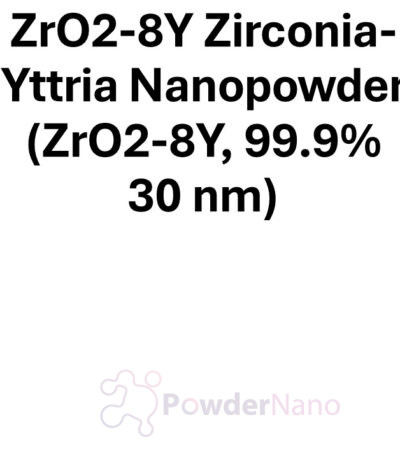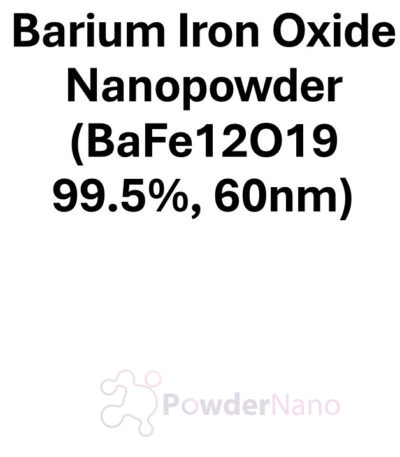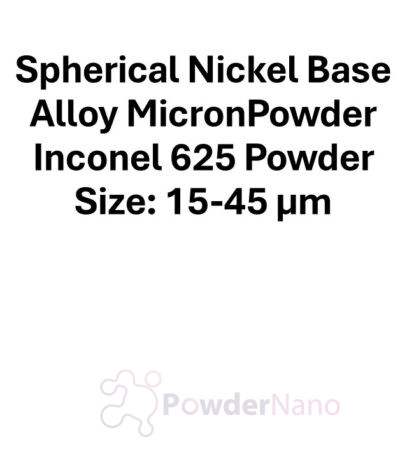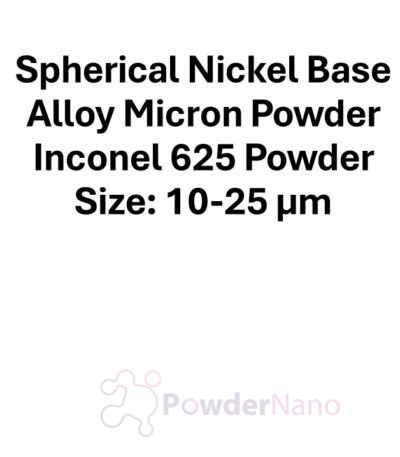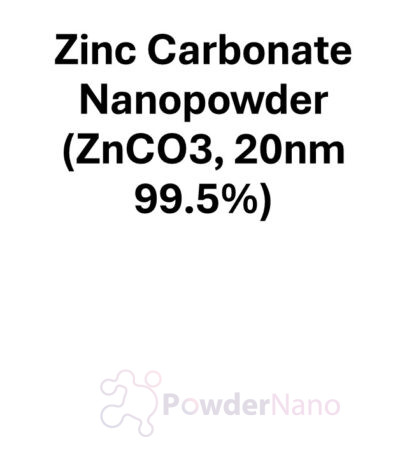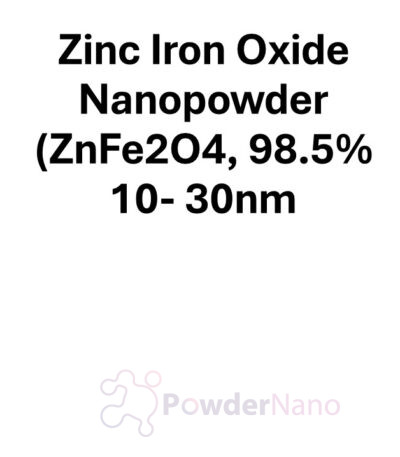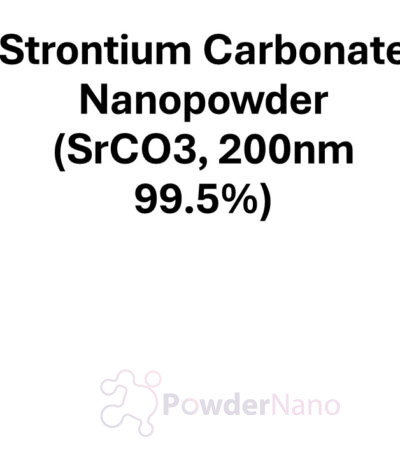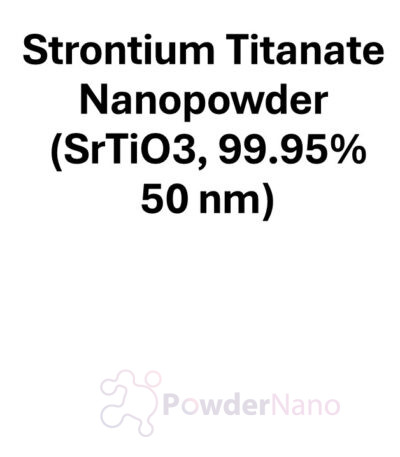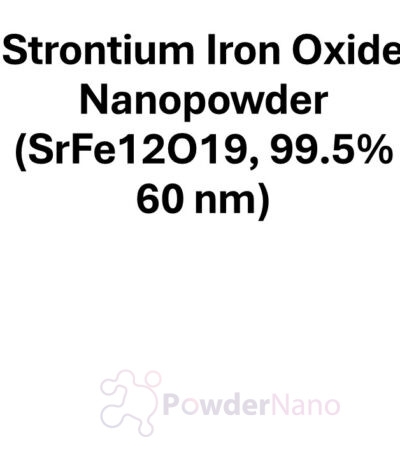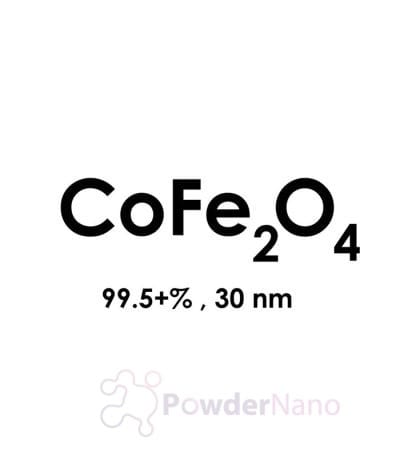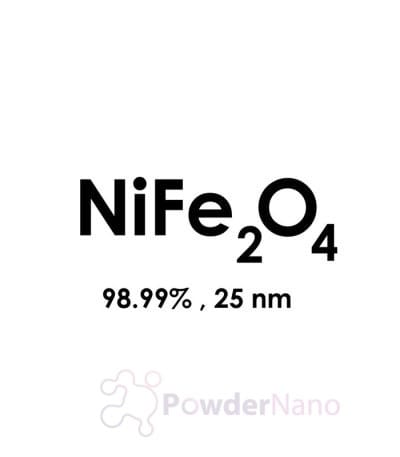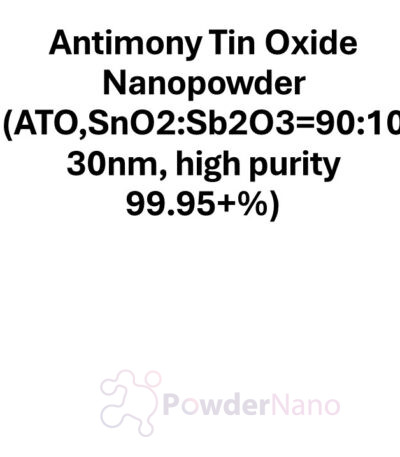Technical Specifications
1. General Information
- Product Name: Antimony Tin Oxide Nanopowder (ATO)
- Chemical Formula: SnO₂: Sb₂O₃ (90:10 ratio)
- Purity: ≥ 99.95%
- Particle Size: 30 nm
- Form: Fine nanopowder
- Color: White to off-white powder
2. Chemical Composition
- Elemental Composition:
- Tin (Sn)
- Antimony (Sb)
- Oxygen (O)
- Tin Oxide (SnO₂) and Antimony Oxide (Sb₂O₃) in a 90:10 ratio
- Impurities: Trace amounts of other elements based on manufacturing processes
- Moisture Content: ≤ 1%
3. Physical Properties
- Particle Size Distribution: 30 nm with a narrow size distribution
- Surface Area: 50-100 m²/g (varies based on processing)
- Density:
- Bulk Density: 5.0 g/cm³
- Tap Density: 4.5 g/cm³
- Melting Point: 1,800°C (decomposes before melting)
- Boiling Point: Decomposes before boiling
- Thermal Stability: Stable up to 1,000°C without significant structural changes
- Crystalline Structure: Amorphous or crystalline depending on synthesis conditions
4. Morphological Characteristics
- Shape: Primarily spherical or near-spherical nanoparticles
- Agglomeration: Tendency to agglomerate; may require dispersants or surface treatments for uniform distribution in applications
- Surface Morphology: Smooth to slightly rough surfaces, potentially with functional groups depending on processing and functionalization
5. Handling and Storage
- Storage Conditions: Store in a cool, dry place, away from moisture and contaminants to maintain product purity
- Packaging: Typically available in sealed, moisture-resistant containers to prevent contamination and moisture absorption
- Safety Precautions:
- Avoid inhalation of fine dust particles; use appropriate respiratory protection
- Wear protective gloves, safety goggles, and protective clothing during handling
- Handle in a well-ventilated area or under an inert atmosphere if necessary
- Avoid exposure to open flames or high temperatures due to the oxidizing nature of ATO
6. Regulatory Compliance
- Standards: Complies with relevant material safety standards such as REACH (Registration, Evaluation, Authorization, and Restriction of Chemicals) and RoHS (Restriction of Hazardous Substances)
- Certifications: High purity (99.95+) ensures compliance with stringent standards for industrial, commercial, and research applications.
7. Synthesis Methods
- Chemical Vapor Deposition (CVD): Produces high-purity ATO nanoparticles with controlled size and morphology through vapor-phase deposition of tin and antimony precursors.
- Sol-Gel Processes: Uses the transition of a solution into a gel phase, allowing fine control over particle size and distribution, ideal for creating homogenous materials.
- Hydrothermal Synthesis: Conducts reactions in aqueous solutions at high temperatures and pressures to produce high-purity ATO nanoparticles with controlled crystallinity.
- Thermal Decomposition: Decomposes tin and antimony-containing precursors at elevated temperatures to form ATO nanoparticles.
8. Functionalization
- Surface Treatments: Can be functionalized with various chemical groups (e.g., hydroxyl, carboxyl, amine) to enhance compatibility with different matrices or to impart specific properties such as hydrophobicity, electrical conductivity, or catalytic activity.
- Dispersants: Dispersing agents or surfactants can be used to prevent agglomeration in composite materials and ensure uniform distribution in solutions and matrices.
Applications
1. Transparent Conductive Films
- Electrochromic Devices: ATO nanoparticles are used in transparent conductive films for applications such as smart windows, which can change light transmittance upon voltage application.
- Touch Screens & Displays: Incorporated in touch panels and displays, ATO provides conductivity while maintaining transparency, making it ideal for use in electronic displays and photovoltaic panels.
2. Energy and Solar Cells
- Solar Energy Devices: ATO is a key material in the development of thin-film solar cells, acting as a transparent conductor that helps in the collection of electrons from the solar cell, enhancing energy conversion efficiency.
- Electrodes in Photovoltaics: ATO is used in the fabrication of electrode materials in solar cells and batteries, where high conductivity and stability are required.
3. Sensors and Detection Systems
- Gas Sensors: ATO is widely used in gas sensor applications, where its high surface area and conductivity help to detect gases like CO₂, NOx, and other environmental pollutants.
- Environmental Monitoring: ATO-based sensors are employed for monitoring environmental conditions, including humidity and air quality, in real-time.
- Optical Sensors: Due to its transparency and electrical properties, ATO is used in optical sensors for industrial and environmental monitoring applications.
4. Conductive Coatings
- Antistatic Coatings: ATO is commonly used in the production of antistatic coatings for electronic devices, preventing the build-up of static charges on sensitive surfaces.
- Electromagnetic Shielding: ATO provides effective electromagnetic shielding in various electronic applications, ensuring the protection of sensitive equipment from electromagnetic interference (EMI).
- Corrosion Protection: Used in coatings for metal surfaces, ATO provides protection against corrosion and enhances the lifespan of equipment exposed to harsh environments.
5. Transparent Conductive Materials for LED Technology
- LEDs and Displays: ATO is used as a transparent electrode in light-emitting diode (LED) technology and other display technologies, enhancing the conductivity while maintaining transparency.
- OLEDs: ATO films are used as transparent conductors in organic light-emitting diode (OLED) displays, offering high electrical conductivity and optical clarity.
6. Automotive and Aerospace
- Conductive Coatings for Aerospace: ATO is utilized in aerospace applications, providing conductive coatings for surfaces exposed to high electrical and environmental stress.
- Windshields and Sensors: ATO is used in automotive applications such as windshield coatings for defrosting and improving conductivity in sensors and glass.
7. Photocatalysis
- Environmental Cleanup: ATO is used in photocatalytic applications to degrade harmful organic pollutants, acting as a catalyst under UV light for air and water purification processes.
- Water Treatment: Employed in advanced water treatment systems to remove heavy metals and organic compounds from contaminated water through photocatalysis.
8. Biomedical Applications
- Biomedical Coatings: ATO is used for medical applications such as coatings for implants and prosthetics, improving both the durability and electrical conductivity of medical devices.
- Antimicrobial Coatings: ATO has antimicrobial properties, making it useful in coatings for medical instruments and devices to prevent bacterial growth.
- Drug Delivery Systems: ATO nanoparticles are being explored as part of drug delivery systems for controlled release applications, utilizing their high surface area for efficient drug loading.
9. Optoelectronics
- Photodetectors: ATO is used in the manufacture of photodetectors and light sensors for optoelectronic devices, providing transparency, conductivity, and high sensitivity.
- Photovoltaic Devices: As a transparent conductor, ATO is also integrated into optoelectronic devices, improving the efficiency of photovoltaic energy harvesting devices.
10. Industrial Manufacturing
- Paints and Coatings: ATO is used in paints and coatings, particularly in applications that require both transparency and electrical conductivity, such as in the automotive and electronics industries.
- Precision Polishing: ATO nanoparticles are utilized in the polishing of semiconductor wafers and optical components, providing fine finishes without damaging the surfaces.
